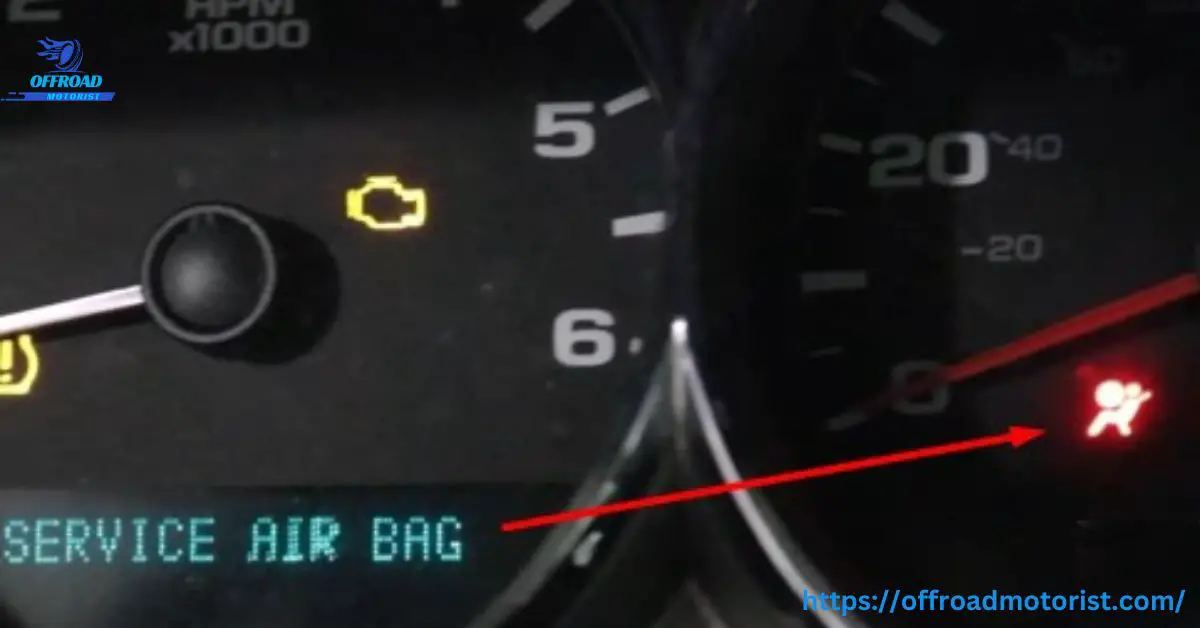Silverado Jerks When Shifting: Common Causes and Solutions
Experiencing a jerking sensation when shifting gears in your Silverado can be a frustrating and concerning issue. Whether you drive an automatic or manual transmission, this problem can affect your driving experience and potentially lead to further damage.
A Silverado jerking when shifting can be caused by various factors. In automatic transmissions, it can be due to low transmission fluid, a faulty torque converter, or a malfunctioning solenoid. For manual transmissions, issues with the clutch, synchronizers, or transmission fluid can contribute to the jerking sensation.
In this blog post, we will explore the possible causes behind the Silverado jerking when shifting and provide you with insights and solutions to address this issue effectively.
Common Causes And Solutions of Jerking During Shifting on Silverado

Experiencing jerking during shifting can be an unsettling experience that affects your vehicle’s driving comfort and performance.
Understanding the common causes and implementing appropriate solutions can help address this issue.
Let’s explore some potential causes and solutions for jerking during shifting on Silverado:
Worn Clutch
A worn or slipping clutch occurs when the friction material on the clutch disc becomes thin or damaged. This can cause jerking during shifting as the clutch fails to engage or disengage smoothly.
To resolve this issue, a qualified mechanic should inspect and replace the clutch assembly if necessary.
Transmission Fluid Issues
Low transmission fluid levels or contaminated fluid can affect the hydraulic pressure needed for smooth gear shifts. Checking the fluid level and condition is crucial.
Topping the fluid up to the recommended level can improve shifting if the fluid is low. If the fluid is dirty or contaminated, a fluid flush or transmission fluid replacement may be necessary.
Faulty Transmission Sensors
Transmission sensors provide critical data to the vehicle’s control module, enabling it to determine the optimal gear shifting points. Malfunctioning sensors, such as the speed sensor or throttle position sensor, can disrupt this process and lead to jerking during shifting.
A professional diagnostic scan can identify the faulty sensors, and replacement or recalibration may be required.
Clogged Fuel Injectors
Clogged or dirty fuel injectors can result in an uneven fuel spray pattern, leading to inconsistent engine performance and jerking during shifting.
Cleaning or servicing the fuel injectors can help restore proper fuel flow and improve the smoothness of shifting.
Engine Misfires
Engine misfires occur when the air-fuel mixture fails to ignite properly in one or more cylinders. This can cause power fluctuations and result in jerking during shifting.
Inspecting and replacing faulty spark plugs, ignition coils, or other components related to the ignition system can resolve misfire issues and improve shifting performance.
Faulty Solenoids
Transmission solenoids control the flow of transmission fluid and engage specific gears. If a solenoid becomes faulty, it can cause delayed or harsh shifting, resulting in jerking.
A professional diagnosis is necessary to identify the faulty solenoid, and replacement may be required to restore proper gear engagement.
Software Updates
Manufacturers occasionally release software updates for the transmission control module to address shifting issues. These updates can optimize shift points and improve overall transmission performance.
Checking with a dealership or authorized service center to see if any software updates are available for your vehicle can help resolve jerking during shifting.
6 Tips to Prevent Silverado Jerks When Shifting
Experiencing jerks when shifting gears in your Silverado can be bothersome and affect your driving experience. Fortunately, you can take several preventive measures to minimize or prevent jerking during shifting.
Here are some tips to help you prevent jerks when shifting gears in your Silverado:
1. Smooth Clutch Engagement
Practice smooth and gradual clutch engagement when starting from a stop or shifting gears. Avoid sudden or aggressive clutch releases, as they can cause jerking.
Gradually release the clutch pedal while applying gentle pressure on the accelerator to achieve smoother shifts.
2. Proper Shifting Technique
Develop good shifting habits by timing your gear changes appropriately. Wait for the engine RPM to reach the optimal range before shifting to the next gear.
Rev-matching, where you match the engine speed to the speed of the next gear, can also help achieve smoother shifts.
3. Clutch Adjustment
If you notice frequent jerking during shifting, it may be worthwhile to have the clutch pedal and clutch linkage inspected. Incorrect clutch pedal adjustment or a worn clutch linkage can contribute to jerking.
Have a qualified mechanic check and adjust the clutch system if needed.
4. Maintain Transmission Fluid
Regularly check and maintain the proper level and quality of transmission fluid in your Silverado. Low or contaminated fluid can affect the smoothness of shifting.
Follow the manufacturer’s recommendations for fluid type and service intervals, and change the fluid as necessary.
5. Drive Conservatively
Avoid aggressive driving behaviors such as rapid acceleration, hard braking, or excessive revving of the engine. Smooth and gradual inputs on the throttle and brake pedals can help promote smoother gear shifts.
6. Keep Up with Maintenance
Stay on top of your Silverado’s maintenance schedule. Regularly service your vehicle, including oil changes, filter replacements, and overall inspections.
Proper maintenance can help ensure all components, including the transmission, are in good working condition.
Frequently Asked Questions
If your Silverado jerks when shifting gears, you may have some questions about the possible causes and solutions for this issue.
Here are some frequently asked questions to help you understand and address the jerking problem in your Silverado.
How Can Low Transmission Fluid Cause Jerking During Shifting?
Insufficient transmission fluid can lead to inadequate lubrication and hydraulic pressure, resulting in erratic shifting and a jerking sensation.
WHAT can cause a faulty torque converter to contribute to the jerking issue?
A faulty torque converter can lead to improper fluid coupling, causing a delay in shifting or sudden jerks during gear changes.
Why Does A Malfunctioning Solenoid Affect Smooth Shifting In A Silverado?
Malfunctioning solenoids can disrupt the transmission fluid flow, leading to harsh or delayed shifts, resulting in jerking movements.
How Can A Worn-Out Clutch Affect The Shifting Process In Manual Transmissions?
A worn-out clutch can cause slippage, inconsistent engagement, or difficulty in disengaging, leading to jerking motions during gear changes.
Remember, proper diagnosis and repair by a qualified mechanic or dealership are essential to resolve the jerking issue effectively and ensure the optimal performance of your Silverado.
Conclusion
Experiencing jerks when shifting gears in your Silverado can be frustrating, but there are preventive measures you can take to minimize or eliminate this issue.
By practicing smooth clutch engagement, using proper shifting techniques, and maintaining transmission fluid you can enjoy smoother shifts and a more comfortable driving experience in your Silverado.

![Chevy Silverado Not Shifting Gears? Let’s Solve The Problem Together [05 Easy Steps] chevy silverado not shifting gears.jpg](https://offroadmotorist.com/wp-content/uploads/2023/01/chevy-silverado-not-shifting-gears-150x150.jpg)




![Normal Transmission Temperature Silverado 1500 [Every Thing You Need to Know] Normal Transmission Temperature Silverado 1500](https://offroadmotorist.com/wp-content/uploads/2023/03/Normal-Transmission-Temperature-Silverado-1500-150x150.jpg)


![Silverado Feels Like Going Over Rumble Strips? [Common Issues Explained]](https://offroadmotorist.com/wp-content/uploads/2023/03/silverado-feels-like-going-over-rumble-strips.jpg)

![Chevy Malibu Service Stabilitrak And Check Engine Light Issues [Fixed]](https://offroadmotorist.com/wp-content/uploads/2023/01/chevy-malibu-service-stabilitrak-and-check-engine-light.jpg)
